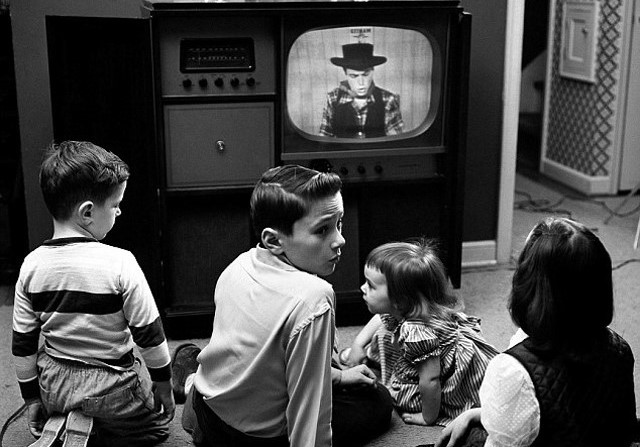
Happy Easter to everyone who celebrates the occasion!
Easter morning is a time of tradition in most families, including ours. When the day arrives your thoughts naturally turn to the Easters of your childhood when–only after church, naturally–it was time for the Easter basket hunt, when hyped-up kids went tearing around the house in their best Sunday clothes searching for their particular flimsy, brightly colored Easter basket, enticed by the prospect of gorging themselves on Easter candy.
Of course, the hunting wasn’t over when you found your basket. That’s because the basket inevitably was filled with fluorescent green plastic grass that served as a convenient hiding place for a little foil-wrapped chocolate egg or a random jelly bean. If you wanted to be sure that you had found every last bit of Easter candy in the basket–and you surely did–the preferred approach was to remove the main hunk and orphaned strands of fake grass, shake the grass a few times to be sure that you had removed every candy item, and put it on the floor. At our house, this left the floor of the family room coated with a layer of green plastic strands.
The green plastic strands, like the tinsel used to decorate Christmas trees, were not easy to clean up after the frantic chocolate consumption was over. The strands nestled deep in shag carpeting and hid behind chair and sofa legs. At least the strands weren’t charged with static electricity, as tinsel was, but like tinsel the fake plastic grass was not vacuum cleaner-friendly. It typically would get wound around the rolling brush at the vacuum’s intake vent, causing the vacuum to stop picking up debris and overheat and requiring you to carefully extricate each green plastic strand.
Why green plastic grass, and not real grass–or no grass at all? Who knows? The ’60s and ’70s were the height of the plastic era. If future generations ever excavate American landfills, looking for evidence of what life was like in the days gone by, they’ll no doubt find lots of that green plastic grass, and wonder what in the world it was.














